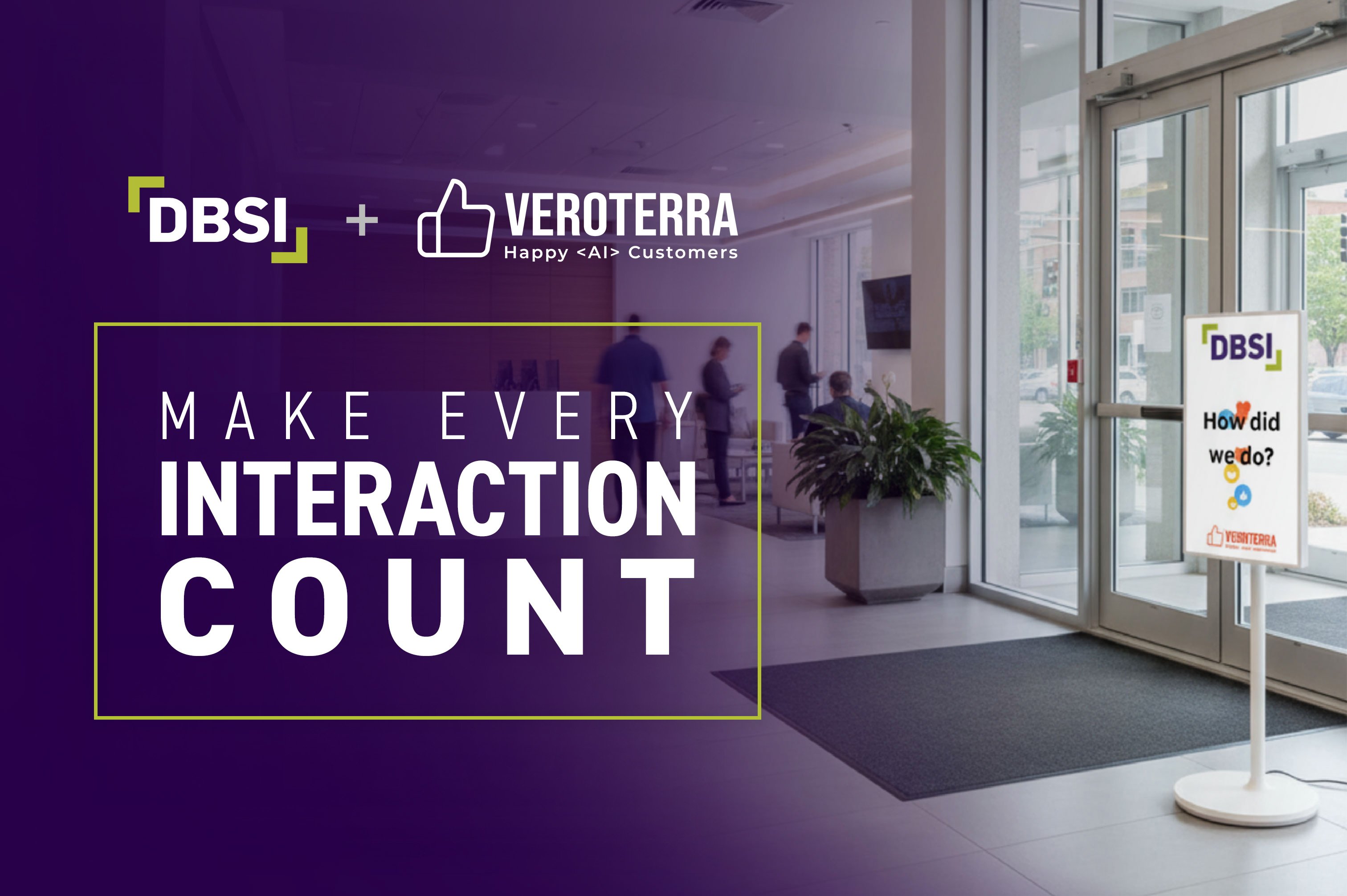3 min read
Why Financial Institutions Are Responsible For Millennial's Financial Health
 Jared Jones
:
Updated on June 14, 2023
Jared Jones
:
Updated on June 14, 2023

Millennials are taking the workforce by storm, and their buying power is hard to rival. This generation has flipped just about every industry on its head, and financial institutions can’t hide from them any longer. Especially with the transfer of wealth happening right before our eyes. So, how do you engage with this mysterious group?
We're here to help define the stages of life’s financial journey, as well as the things that your FI should focus on to increase ROI while helping clients. Starting with steps for servicing millennials:
Specialize
First, start with defining your target market. Not defining a specific target market is a pitfall for all companies and industries. Too many say their product or service is for everyone...are you guilty? While your product or service may technically be something that anyone could use, you want to focus your efforts on the target market that will benefit the most from your products or services. Otherwise, your messaging and outreach efforts would be too broad, and you could waste time, effort, and resources. Banking has been ranked as the least differentiated industry and its time to change.
Research your market and how they interact with your products. Understanding your specific market and their level of financial literacy will help you align your business goals to their financial goals. Stay focused on these objectives and drive resources to the right efforts - which will increase ROI!
Start early
Your main priorities as a FI are to increase profits and help your customers or members. But to get there, you need client and business accounts with good financial health. The best way to do that is to help people when they need it most. Declining in-branch transactions have created fewer opportunities for staff to connect with clients face-to-face — so staying relevant and engaging clients more effectively is more important than ever before.
This is not a new concept, but why are so many FIs failing? Understanding your market has never been easier with the amount of data and research at your fingertips. Don’t just guess that your target market likes to be on social media so being on Facebook is a must. Look at the numbers. Millennials and Generation Z are hardly on Facebook, which means your marketing efforts trying to attract them on that platform could fall flat. Instead, research would show you that they are on Instagram and Snapchat, and the way they consume information is very different on each platform. This may sound like a lot of work, but truly understanding your market is the key to investing in the right efforts.
If you don’t capture your target market at this key point, you are not lost. The barriers to switching FIs is very low, which is both positive and negative. Branch jumpers are good to attract but may be hard to retain. Make sure you are attracting people that your FI can really help (define your target market!). Once you have attracted these branch jumpers, give them plenty of reasons to stay. Perfecting the digital and in-branch experience is crucial to customer and member retention.
Be there when they need you
Consumers generally know the basic financial offerings of their bank or credit union, but if they truly knew that each has the products and services to help them during key life events—they would see their FI in a more advisory and trusted role. Capitalize on being there when they need you by clearly defining and mapping out your target market’s financial journey throughout their life. Then, use this map to build content, product packages, and campaigns with relevant bundles designed to attract and retain them with your FI.
Millennials and other younger generations are at a critical time in their lives. If you have been on the internet at some point in the past five years, you have probably seen the term “Adulting.” This generation has had to learn some lessons the hard way, and they love sharing their struggles. While this term may have some negative connotations and a few 'haters' out there, it brings up a good point. Times have changed, and millennials may have missed out on some practical education when preparing for adulthood. And generation Z is more stressed out by money and financial skills than older generations.
The good news is these generations like to research and have almost always had the power of Google at their disposal. They want to learn how to improve their financial health—now, just make sure you are the one delivering the information.
To get you started on mapping out your plan, here’s a sample breakdown of Life’s Financial Journey and stages:
-
Starting Out | Opening their first account, getting their first full-time job, or paying for college
-
Settling Down | Getting married, buying a house, or having a baby
-
Building Wealth | Saving for a large purchase, retirement, or rainy-day fund
-
Protecting Assets | Wealth management, building trusts, writing a will, and enjoying retirement



































-1.png)
-4.png)
